CARING WITH FAMILY
|
| It is important to consider the level of affection a particular breed is likely to display towards family members and other individuals it is familiar with. Certain breeds may exhibit aloofness towards everyone except their owner, whereas other breeds tend to treat everyone they are acquainted with as their closest companion. |
LOVE WITH CHILDREN
Unwise
Good With Children
|
| When considering a breed's suitability for families with children, it is important to assess their level of tolerance and patience with children's behavior. While dogs should always be supervised around young children or children of any age who have limited exposure to dogs, some breeds naturally exhibit a higher degree of friendliness and compatibility with kids. These breeds tend to possess a family-friendly nature, making them more inclined to handle the energetic and sometimes unpredictable behaviors of children in a patient and tolerant manner. |
BEHAVIOR WITH DOGS
Unwise
Good With Other Dogs
|
| The sociability of a breed towards other dogs should always be taken into account keeping in mind that proper supervision and careful introductions are crucial in any dog interaction. While all dogs require attentive monitoring, certain breeds tend to possess innate characteristics that make them more predisposed to harmonious relationships with fellow canines both within the household and in public settings. |
SHEDDING LEVELS & MANAGEMENT
No Shedding
Hair Everywhere
|
| Considering the amount of fur and hair a breed typically sheds is essential as it can affect various aspects of daily life. Breeds with high shedding tendencies will likely require more frequent brushing to manage loose fur. Moreover, individuals with allergies should be cautious as high-shedding breeds can potentially trigger allergies more frequently. Additionally, it is important to note that high-shedding dogs often necessitate consistent vacuuming and lint-rolling to keep the environment clean and free from excessive pet hair. |
COAT GROOMING STANDARDS
|
| The grooming needs of different breeds vary and it's crucial to consider the time, patience and budget you can allocate for their care. Some breeds require more frequent bathing, brushing and trimming to maintain a healthy coat. These grooming tasks can be time-consuming especially for breeds with long or dense fur. Additionally, grooming expenses, such as professional grooming services or purchasing grooming tools, should be taken into account. Regardless of the breed, regular nail trimming is necessary for all dogs to ensure their comfort and prevent issues. |
DROOLING INTENSITY
Less Likely to Drool
Always Have a Towel
|
| If you value cleanliness and find excessive drooling unappealing, it's important to consider the drool-proneness of different breeds. Some breeds naturally produce more saliva and are prone to drooling, which can result in ropes of slobber on your arm or leave big wet spots on your clothes. If you are a neat freak or simply prefer a dog with minimal drooling, it may be advisable to avoid breeds known for their propensity to drool excessively. Choosing a breed with low drooling tendencies can help maintain a cleaner and more satisfying living environment for you. |
COAT STYLES GUIDE |
| Wavy, Silky |
| COAT SPECTRUM |
| Medium |
FRIENDLINESS
Reserved
Everyone Is My Best Friend
|
| When considering a breed's attitude towards strangers, it's important to acknowledge that some breeds tend to be reserved or cautious around unfamiliar individuals irrespective of the setting. These breeds may require more time and careful introductions to warm up to new people. On the other hand, certain breeds are generally more outgoing and friendly, readily welcoming and enjoying interactions with new humans. It's vital to understand a breed's disposition towards strangers, as it can influence how they behave and interact in various social situations. |
LIVELINESS
Only When You Want To Play
Non-Stop
|
| When considering a breed's enthusiasm for play, it is important to take into account their individual personality and energy levels. While some breeds maintain their playfulness well past puppyhood and continue to enjoy games like tug-of-war or fetch into adulthood, others may naturally prefer a more relaxed lifestyle and be content with simply spending time with their owners on the couch. It's crucial to understand that each breed has its own tendencies when it comes to play, but within any breed, there can also be variations in individual preferences. Assessing a breed's general inclination for play can help align their activity level and playtime requirements with your own lifestyle and preferences. |
VIGILANCE INTENSITY
What's Mine Is Yours
Vigilant
|
| When considering a breed's tendency to alert you about the presence of strangers, it is important to recognize that certain breeds are more naturally inclined to be vigilant and responsive to potential threats. These breeds often exhibit a strong protective instinct and may react to various stimuli including the arrival of the mailman or a squirrel outside the window. However, it's important to note that a dog's reaction to strangers entering the house can differ depending on their individual temperament and upbringing. While some breeds may warm up to strangers who are accepted by their family, others may maintain their guarded nature until trust is established. Understanding a breed's inclination toward alertness can help determine their suitability for your specific needs and preferences. |
ADAPTATION CAPACITY
Lives For Routine
Highly Adaptable
|
| The adaptability of a breed to handle change varies among different breeds and individual dogs. Some breeds are more flexible and able to adjust to changes in living conditions, noise levels, weather, and daily schedules with relative ease. These breeds tend to be more resilient and adaptable to new situations. On the other hand, certain breeds may struggle with changes and may require more time and support to acclimate to new environments or routines. Understanding a breed's general adaptability can help determine their suitability for households or lifestyles that involve frequent changes or variations in day-to-day life. It's important to note that each dog is unique, and individual personalities and experiences also play a significant role in how well they handle change. |
OBEDIENCE LEVEL
Self-Willed
Eager to Please
|
| When considering the ease of training and a dog's willingness to learn, it is essential to understand that different breeds possess varying traits and tendencies. Some breeds are known for their intelligence, eagerness to please, and inherent desire to learn new things. These breeds are often highly trainable, as they genuinely enjoy working with their owners and strive to make them proud. On the other hand, certain breeds may exhibit more independent or stubborn inclinations preferring to follow their own desires and pursue activities on their terms. Training such breeds may require patience, consistency, and finding motivational techniques that resonate with them. While breed can play a role in a dog's trainability, it is important to remember that individual temperament, past experiences, and training methods employed also influence the dog's ability and willingness to learn. |
STAMINA LEVEL
|
| The exercise and mental stimulation requirements of a breed are crucial factors to consider when choosing a dog that fits your lifestyle. High-energy breeds typically have a significant need for exercise and mental stimulation to keep them content and prevent behavioral issues that can arise from pent-up energy. These breeds are often ready for physical activities like running, playing, and exploring outdoors, requiring regular exercise commitments. On the other hand, low-energy breeds have lower exercise needs and are generally more laid-back, enjoying a more relaxed and less demanding lifestyle. They are content with shorter walks or play sessions and often make great companions for individuals or families looking for a more relaxed pet. Ensuring that a dog's exercise and mental stimulation needs align with your own lifestyle and availability is crucial for their overall well-being and happiness. |
VOCALIZATION
|
| Medium |
LEARNING CURIOSITY LEVEL
Happy to Lounge
Needs a Job or Activity
|
| The mental stimulation needs of a breed are a crucial aspect to consider in ensuring their overall happiness and well-being. Purpose-bred dogs, such as working or herding breeds, often have innate talents and instincts that require regular mental challenges to stay content. These breeds thrive when they have jobs that involve decision-making, problem-solving, concentration, or other stimulating activities. Without sufficient mental exercise, these intelligent breeds may become bored or restless, leading to undesirable behaviors such as destructive chewing or excessive barking. |
| COLORS |
|
Description
|
Registration Code
|
|
Gray
|
100
|
|
| PATTERNS |
|
Description
|
Registration Code
|
|
Cream Furnishings
|
092
|
|
Silver Furnishings
|
093
|
|
Tan Furnishings
|
094
|
|
Yellow Furnishings
|
095
|
|
White Markings
|
014
|
|



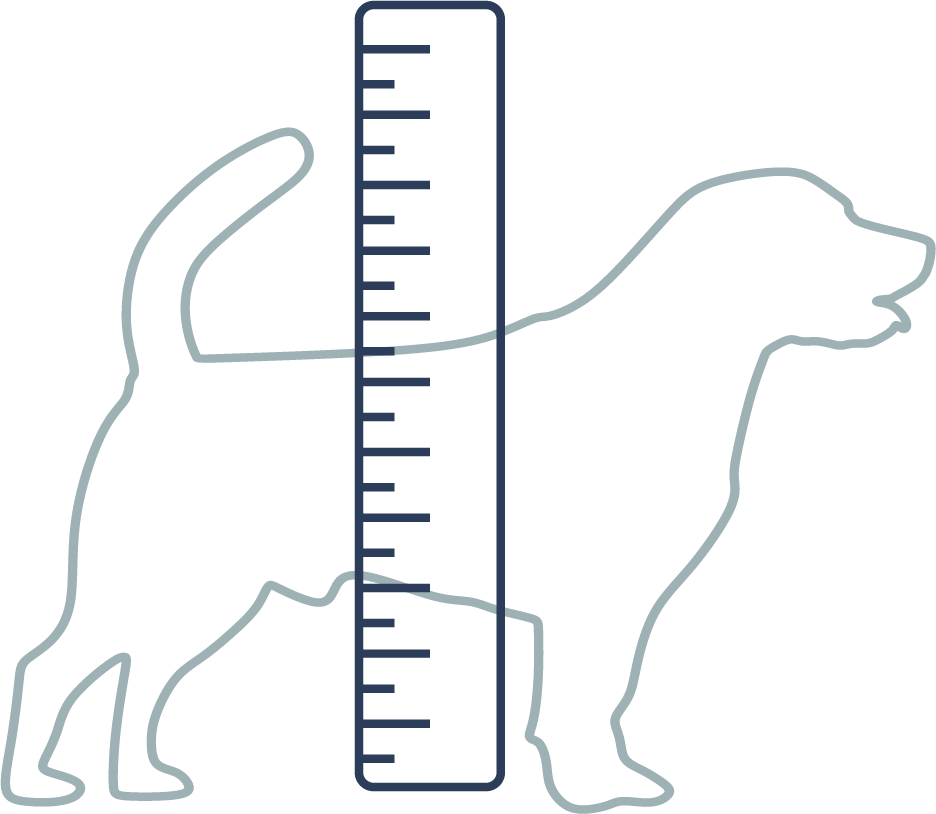


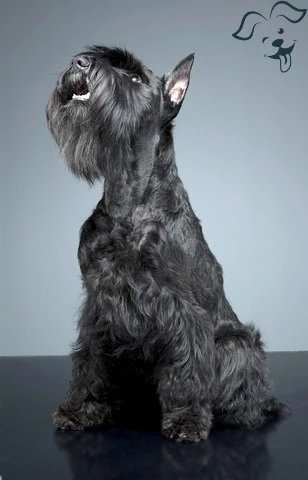
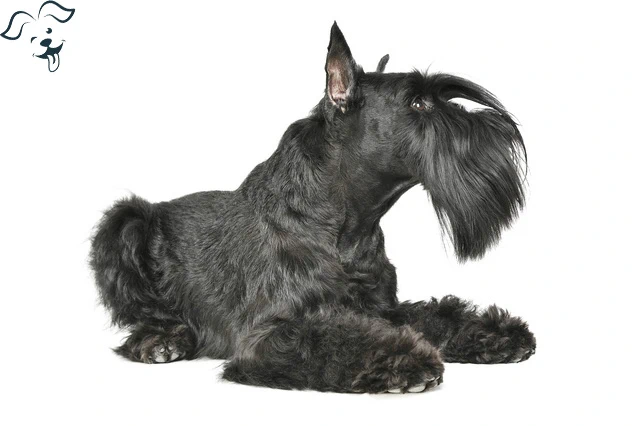
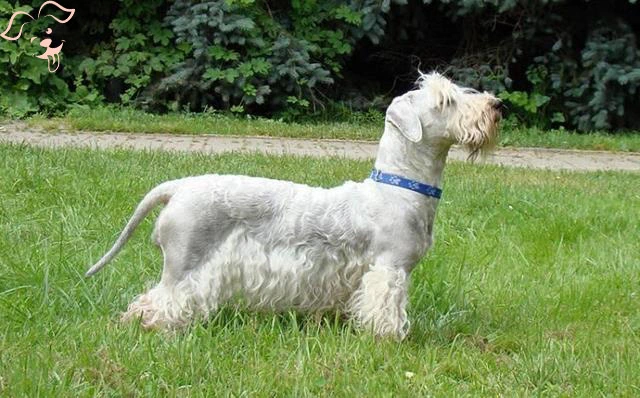
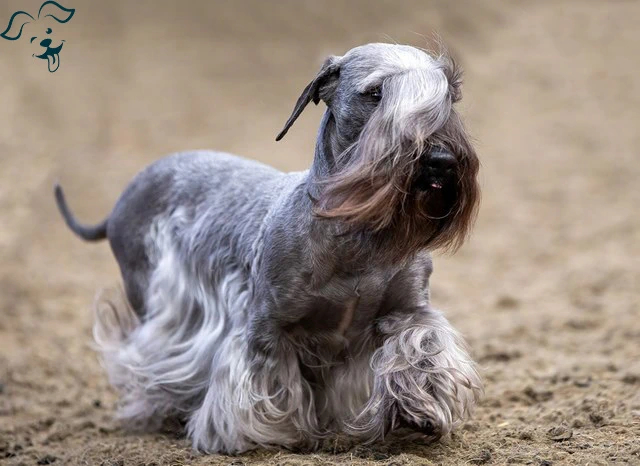






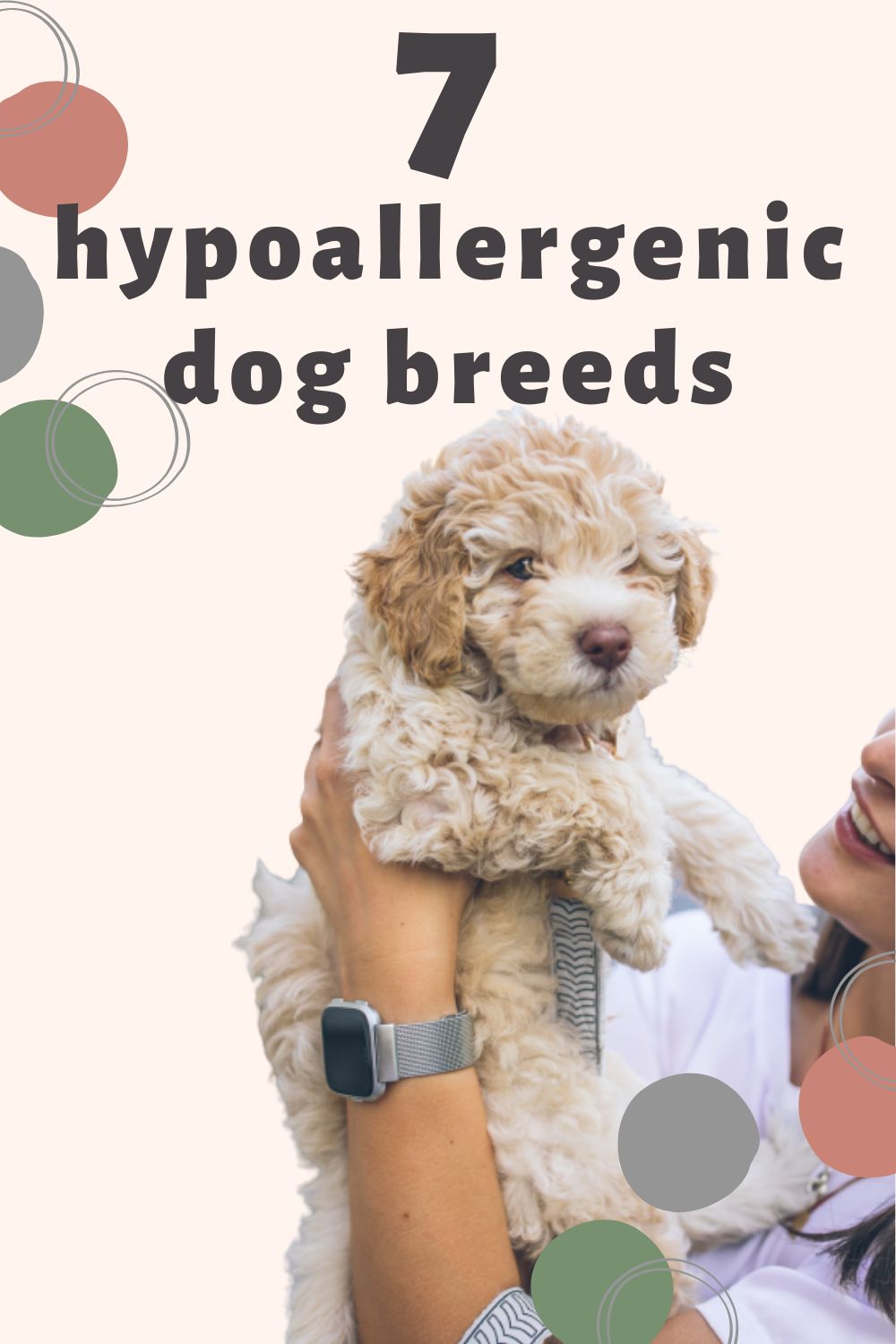




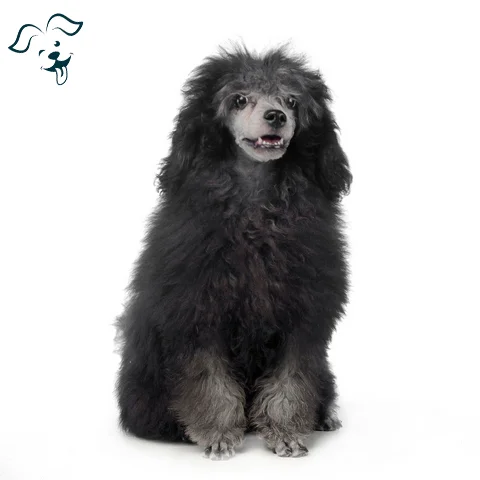

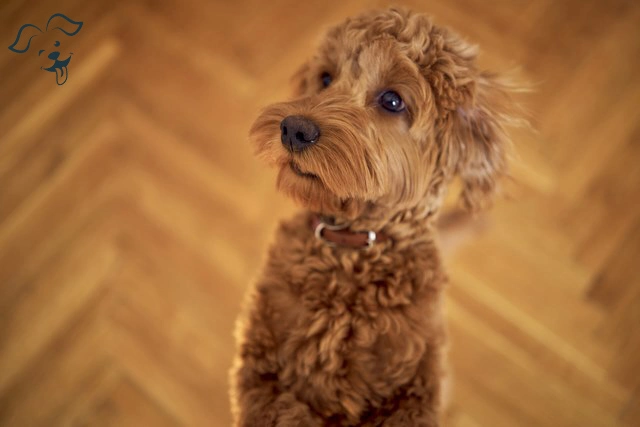
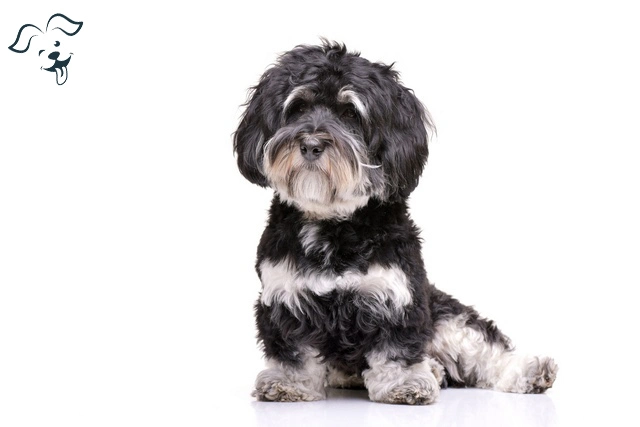
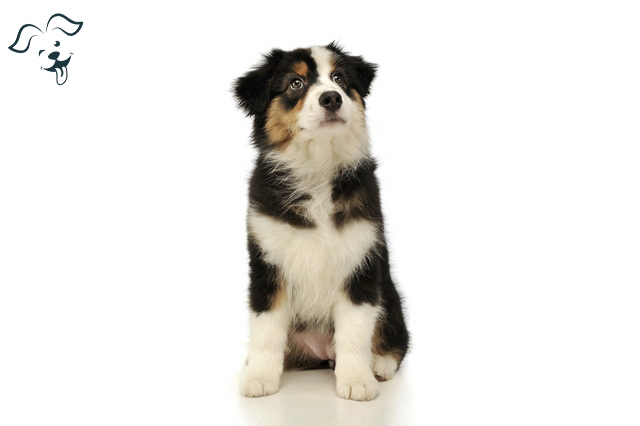
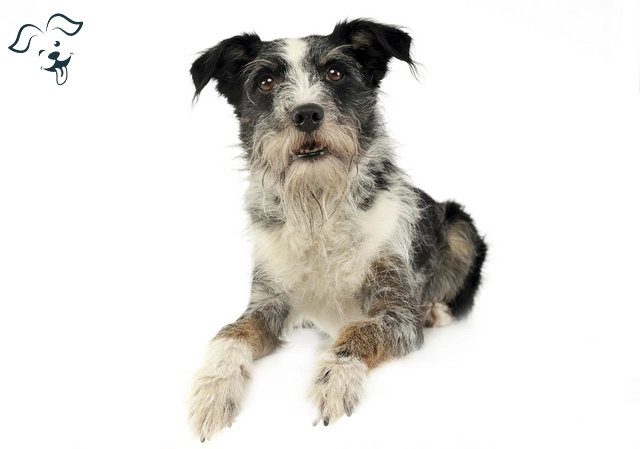
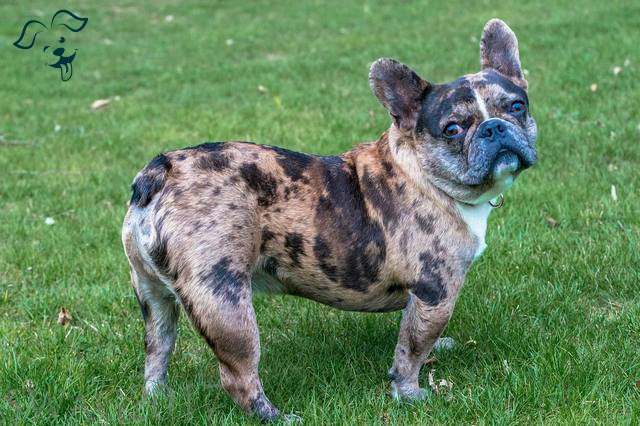
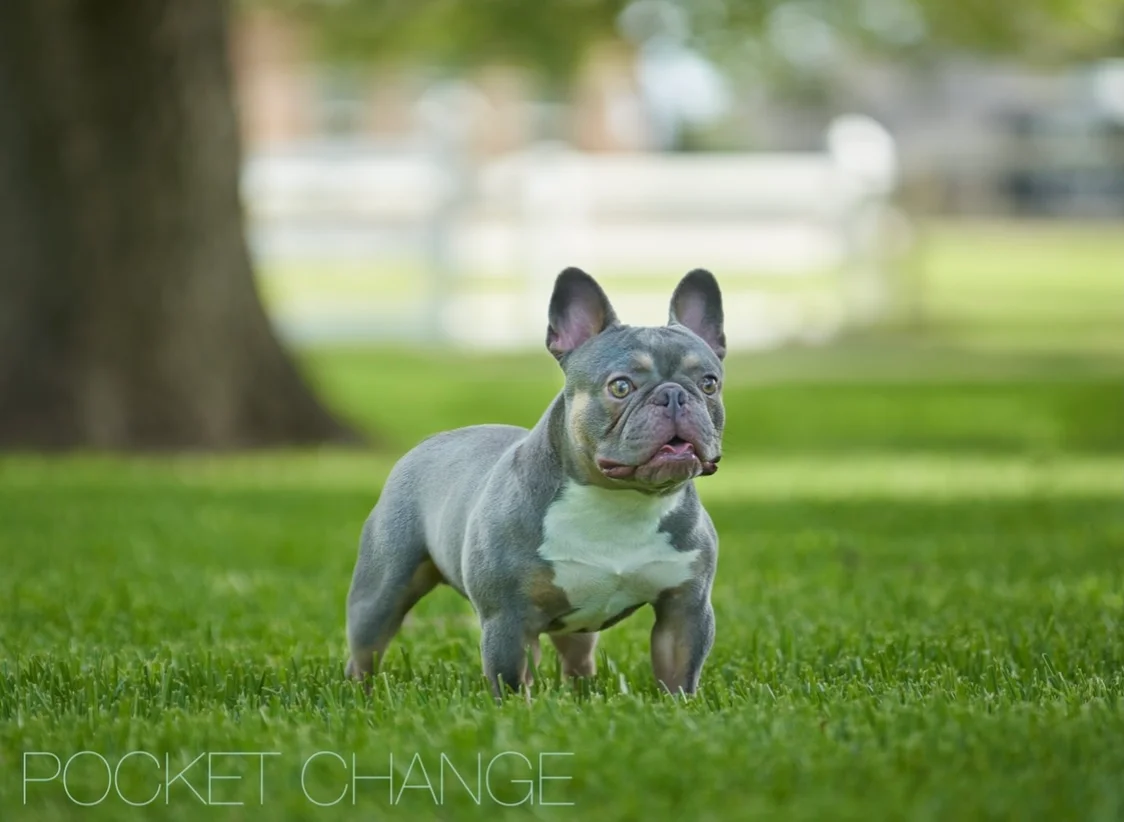
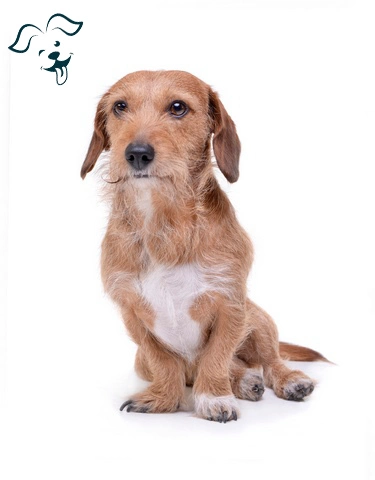
FRIENDLINESS
LIVELINESS
VIGILANCE INTENSITY
ADAPTATION CAPACITY